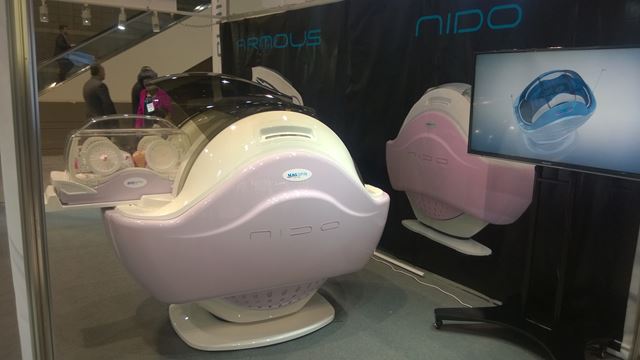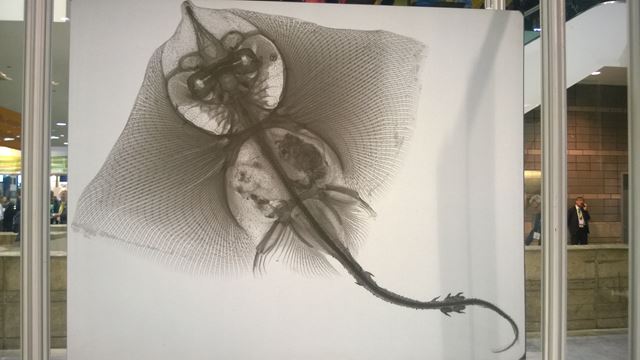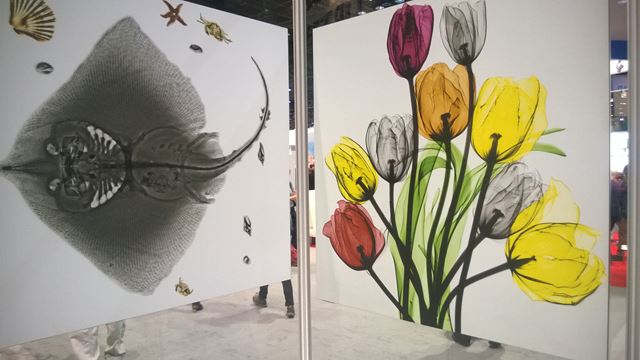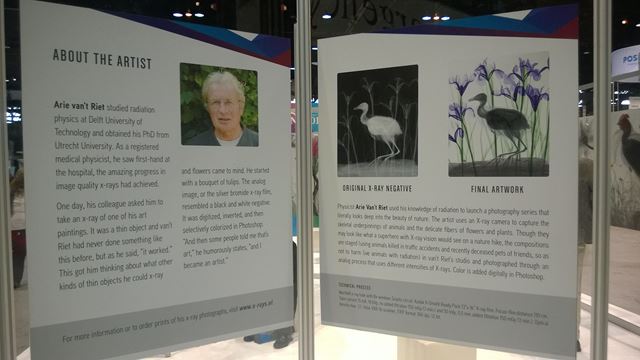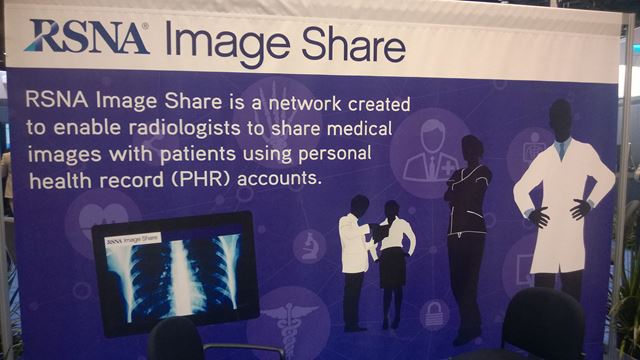What do the Cane Toad, Mosquito Fish and the traffic app Waze have in common?

Cane Toads (Pic Courtesy of Sydney.edu.au)

Mosquitofish (Pic courtesy of National Geographic)

Waze (Courtesy of Waze)
Give up?
The are all innovations that created collateral damage.
Cane Toads were introduced to Australia in an effort to control the Cane Beetle which was destroying sugar cane. The problem is that the can toad loved the environment and preferred eating anything other than the Cane Beetle. As a result it is the ‘poster child’ for failed invasive species control measures.
Mosquito Fish were introduced to control mosquitos and in fact were instrumental in controlling Malaria outbreaks in South America, Ukraine and Southern Russia. However, they are extremely aggressive and if not watched, they can wreck aquatic ecosystems because of their competitive nature.
Waze? I’m sure you’ve heard of it. Heck, I’ve used it on occasion. But, it too has solved one problem (helps people get to destinations more efficiently by leveraging the power of the crowd,) and created another: turning quiet streets into major thoroughfares. As people travelling on the highways of California hit bad traffic, they turn to Waze to find alternate routes. The result? Nice, quiet neighborhoods that never used to see heavy traffic now have stifling traffic patterns.
A solution created a problem.
Collateral damage isn’t the only issue here. The more I thought of this situation, something struck me. Two of the three above are considered invasive species. Is the third, Waze, also an invasive species?
Can an app be an invasive species?
An invasive species is a plant or animal that is not native to a specific location (an Introduced species); and has a tendency to spread, which is believed to cause damage to the environment, human economy and/or human health.
Using the above definition, (if we allow for the fact that apps aren’t plants or animals, but instead are used by animals,) can crowd powered apps be classified as a new type of invasive species (Appicus Crowdpoweredus) ? If so, how are they controlled? Should they be controlled? Or the ultimate question:
Can they be controlled?
Would love your thoughts!!









